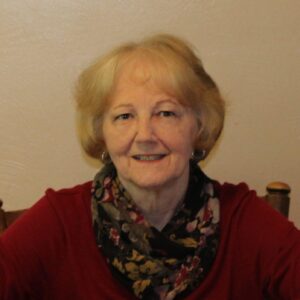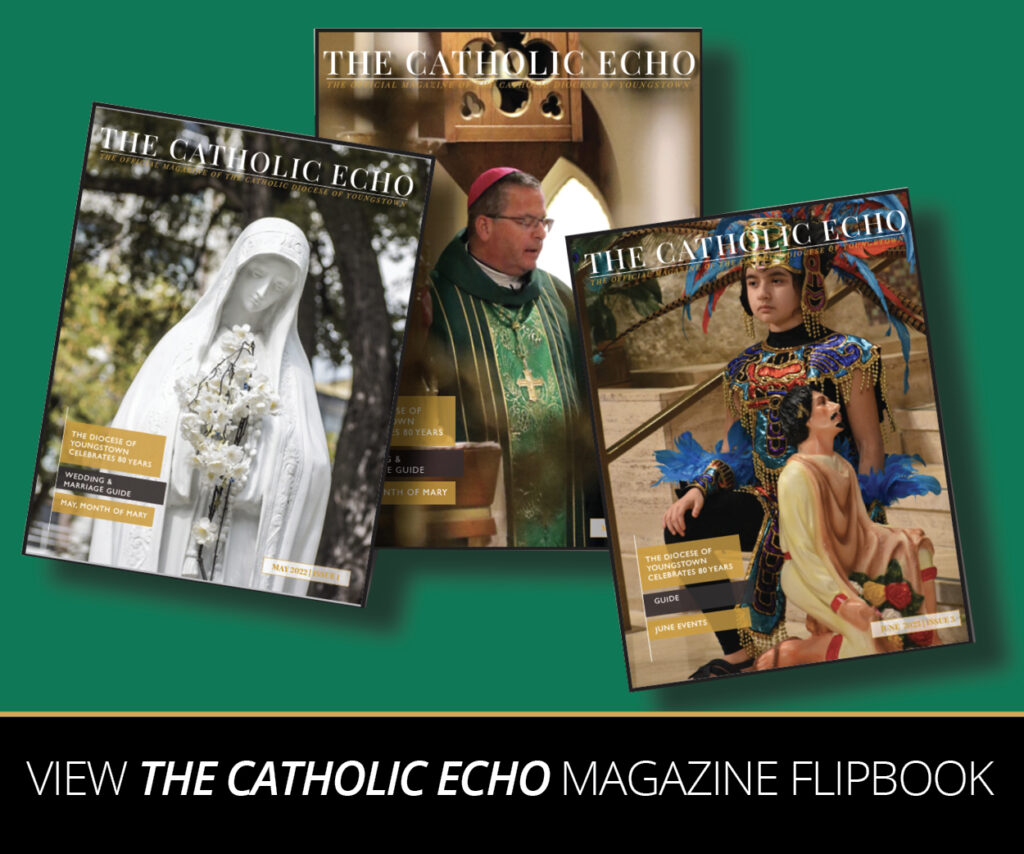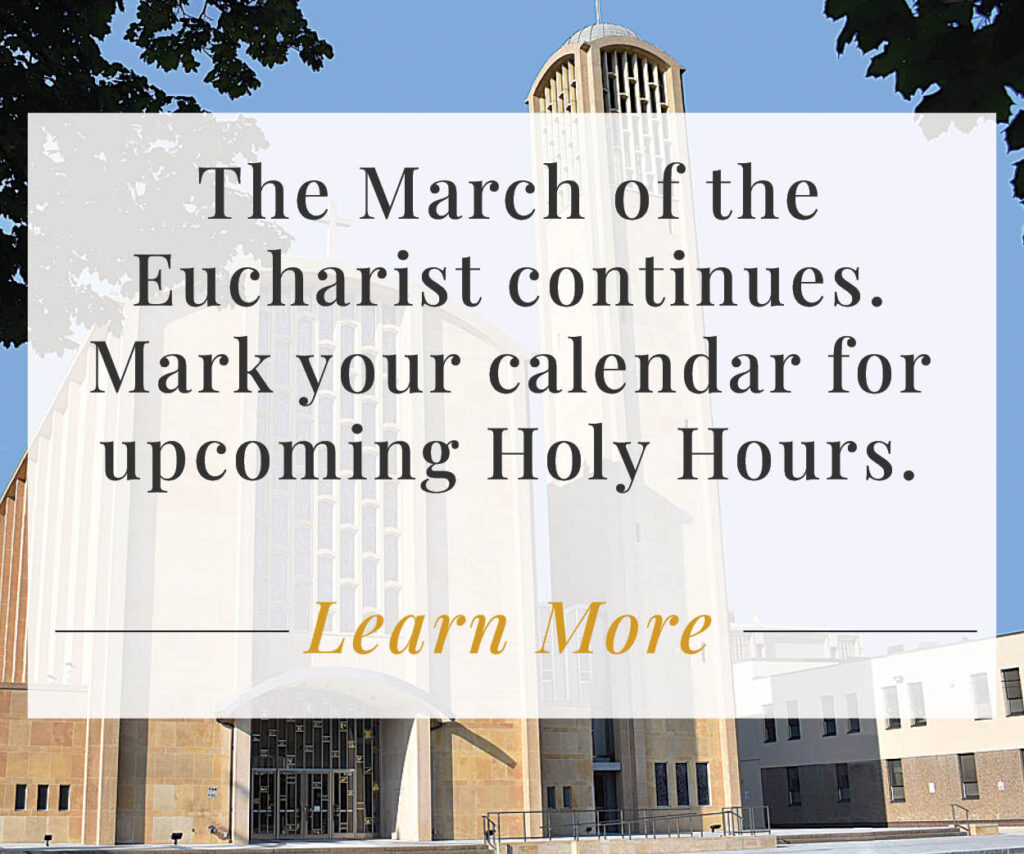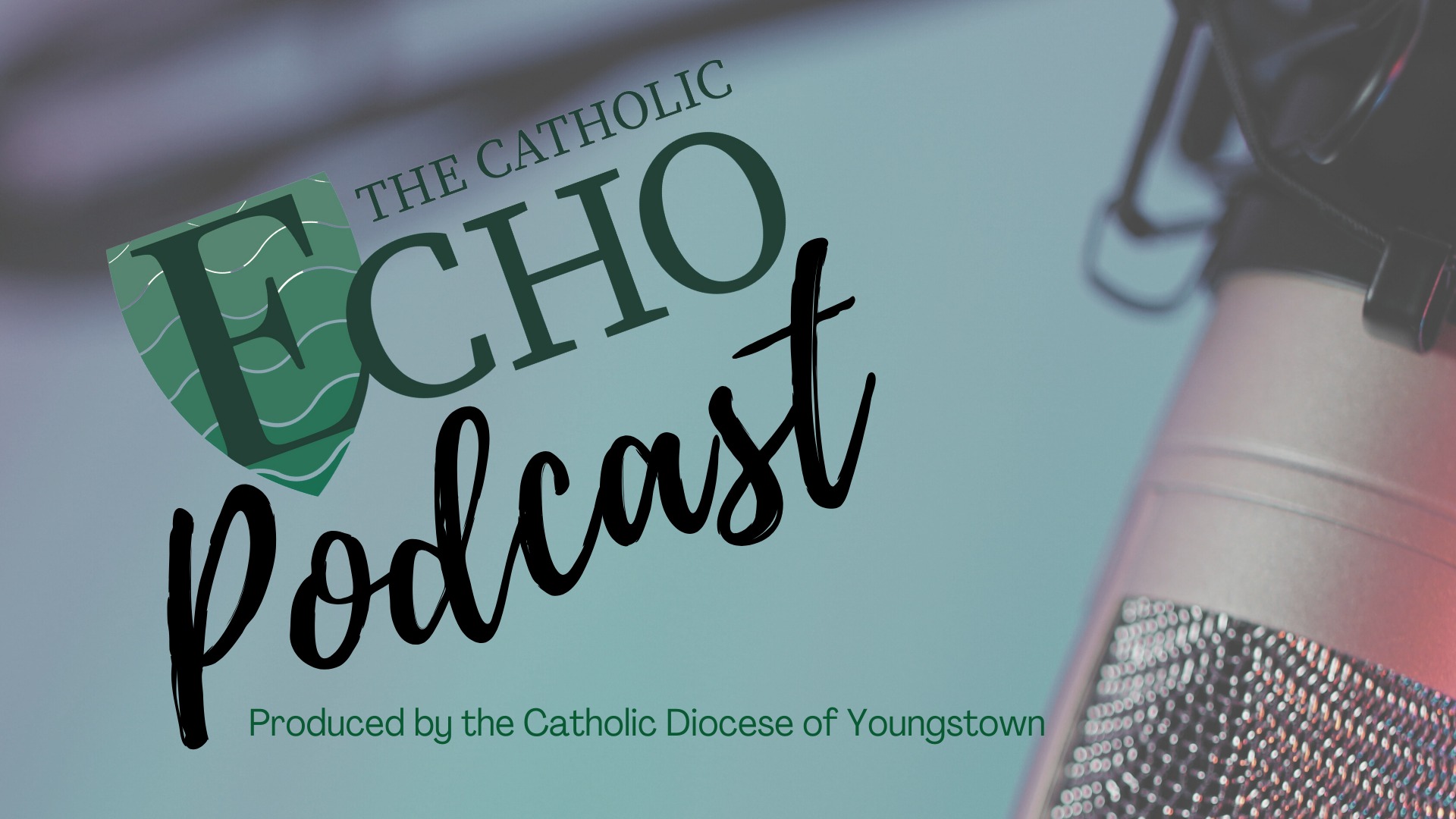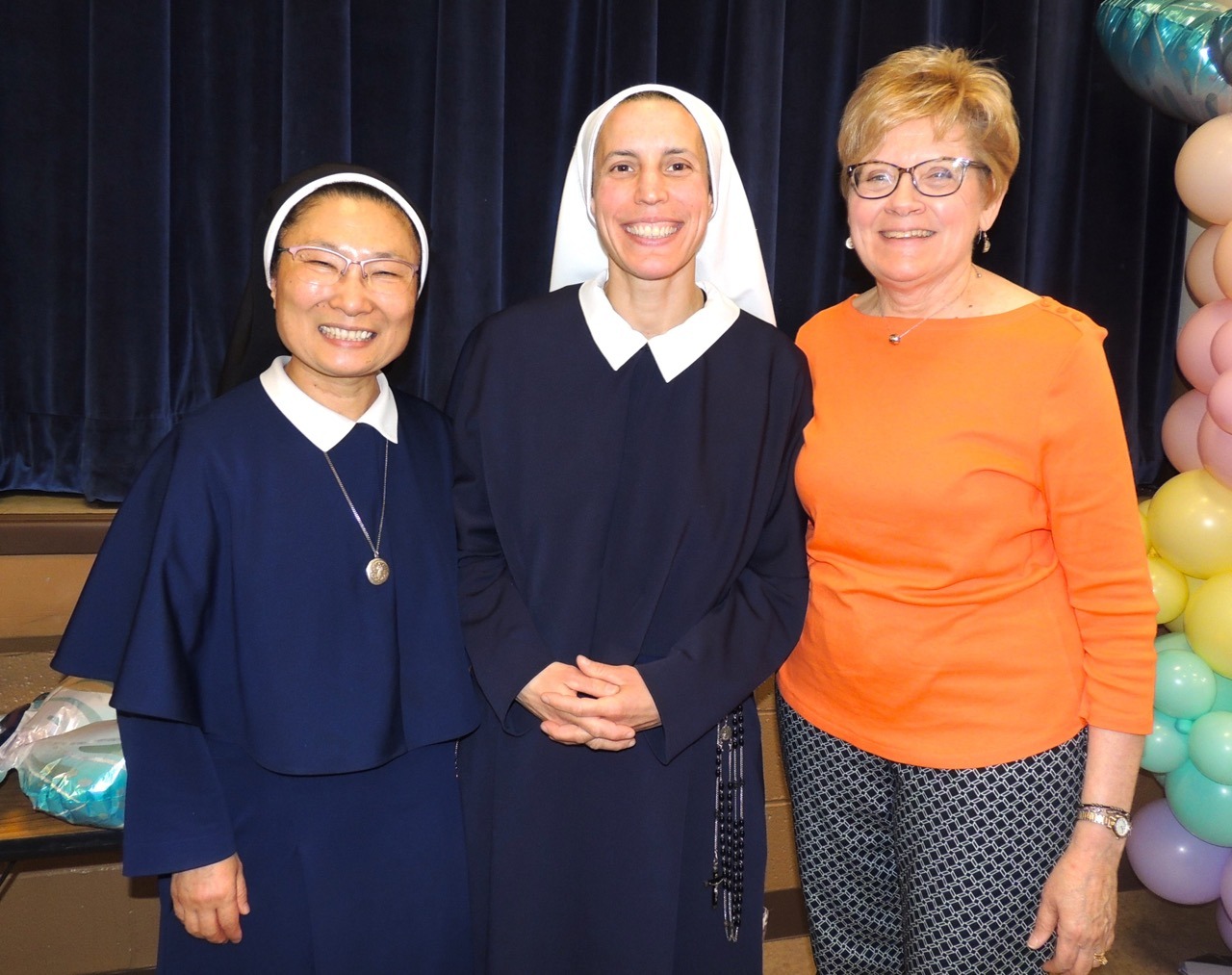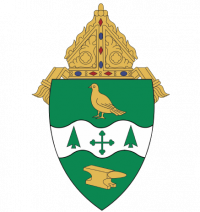
Today, there is a deep devotion to the Infant Jesus of Prague in Tanzania. “Culturally speaking, who would have expected that they would be clamoring for statues of the Infant Jesus of Prague in Africa?” marveled Father Edward Brienz, director of the Office of the Propagation of the Faith and Missions for the Diocese of Youngstown.
The original statue of the Infant Jesus of Prague dates back to the 16th century in Prague, in what is now the Czech Republic. The statue depicts the Infant Jesus dressed in royal robes, wearing a crown and holding a miniature globe with a cross on top. Many miracles and blessings have been attributed to the intercession of the Infant Jesus of Prague.
That unanticipated reverence four thousand miles south of Prague, planted by missionaries, emanated from a restoration and repurposing effort undertaken by the Missions Office 20 years ago.
“I was working with Propagation of the Faith, a Vatican mission that coordinates missionaries throughout the world. The Holy See asks that every diocese has a Propagation of the Faith and Missions director,” Father Brienz explained.
Because of his work with the Missions Office, tabletop statues such as the Infant Jesus of Prague and others would come to Father Brienz’s attention, often from adults downsizing their elderly parents’ homes and apartments. “They would come across religious artifacts, recognize their special meaning in the faith life of their families and know the value that’s there. It’s an evangelizing moment when folks are helping their elders to repurpose these important items. That’s the Holy Spirit working in them. This is one more opportunity to support the faith and to affirm their religious practices,” Father Brienz said.
Being reticent to discard family treasures, these adults asked Father Brienz if he knew of someone who could use these items. “I’ve been working with the poor and disenfranchised around the world through the Missions Office for decades and I knew there are people who don’t have the wherewithal to have these things. We quickly started getting a supply of things. I didn’t know individuals who needed them, but I knew the dioceses and religious orders who did need them,” he said.
The common language for missionaries throughout the world, besides Latin, which isn’t spoken much anymore, is English, Father Brienz noted. “The missionaries who we have contact with speak English. So, we have all the confidence that we can send all these types of prayer cards and other religious materials to these missionaries all around the world, and they are hungry for it. These are resource-poor churches, but they have a wealth of people. The people there are the treasure. Receiving these materials enhances their worship, and they feel closer to us,” Father continued.
To efficiently distribute the donated goods, Father Brienz organized a restoration and repurposing effort and recruited some volunteers to lovingly receive these statues, holy cards and pictures. After collecting and sorting the donated items, “we get them into a shape that we are proud and pleased to send. For example, if you’re going to pass on a crucifix, you don’t want nicks in the wood to mar the style. Sometimes the paint gets chipped on the corpus on the cross. Gradually, people with restorative skills came forward,” Father Brienz said.
The Missions Office also gets donations of vestments—sometimes when a parish is updating their vestments. In addition to the gently used items that are restored and sent to the missions, Father Brienz and his volunteers wanted to do more. “If we’re going to be sending vestments and things overseas, we need to have a certain amount coming in that are new, too. We respect our brothers and sisters in the Church throughout the world, but let’s be generous to the point that we are giving some of what we hold back for ourselves. Let’s share that, too. So frequently we get a donor who will buy something,” Father Brienz remarked.
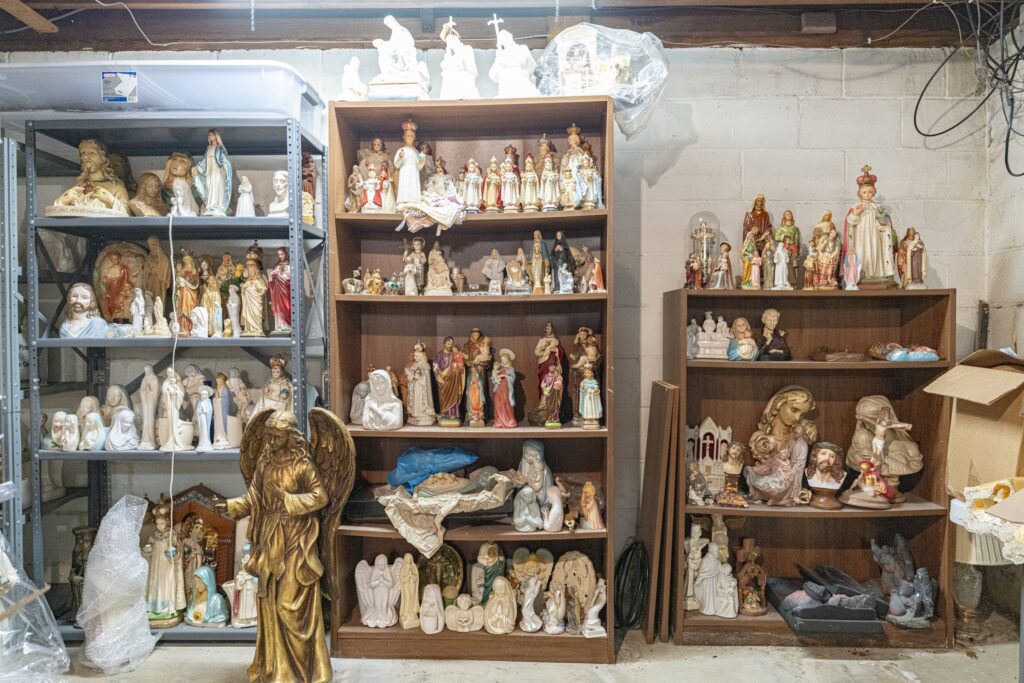
Tabernacles are items missions especially look forward to receiving. “Because the tabernacles are going overseas where financial resources are limited, I usually call some reliable parishioners and ask if they could have three keys made. We want to make sure the Blessed Sacrament is properly secured, that it will be revered. We want the priests there to have three keys they could put in three different places because it’s not as easy for them as it is for us to call a locksmith if a key is lost,” Father Brienz stated.
Approximately every other year, a shipping container full of religious items is sent overseas. The most difficult part of the restoration effort, according to Father Brienz, is raising funds for shipping—eight to ten thousand dollars each time. “The cost for shipping is expensive because we traditionally have two or three full-size statues, and those need to be crated. Volunteers build the boxes to crate the statues. Tabletop statues have to be wrapped carefully so they don’t get scratched and bumped,” he explained.
One of the areas which recently received donated items was the Diocese of Maiduguri in Nigeria, Africa, the diocese where Father David Bridling was ordained. The Missions Office contacted Father Bridling, pastor of St. Patrick Parish in Kent and University Parish Newman Center, asking if religious articles were needed in Nigeria. “It was a diocese that was badly attacked by [terrorist group] Boko Haram beginning in 2009. They burned down schools, convents, hospitals and churches. Receiving the statues, chalices, books, vestments and other donated items makes it easier for the Catholics there,” said Father Bridling, who also helped with the packing.
When a container reaches its destination, the bishop announces its arrival and the recipients come to retrieve the items. “It takes a couple days to come from the hinterlands, often on foot. When they unload the container, there’s a leader from each mission parish and among themselves they determine who needs each of the items. Within two hours, [items are] headed to a new home in either a school, a clinic or a church. It’s very heartwarming,” said Father Brienz.
“Those who received the help in Nigeria were very happy to be part of the efforts here [in Youngstown]. As soon as the priests saw what was sent them, it was a moment to say ‘Thank you, God.’ Helping with the mission to restore and repurpose donated items is an opportunity for people to lead what the Church is doing in the name of all of us,” Father Bridling stated.
The priest noted that sharing resources is part of the common practice of our faith. “The Mass deserves the dignity of the altar, vestments and altar cloths that are appropriate. The highest work we do is preparing for and celebrating the Mass. All charity and all mercy flow from our sense of gratitude to God, which is expressed in the Holy Mass,” Father Brienz stressed.
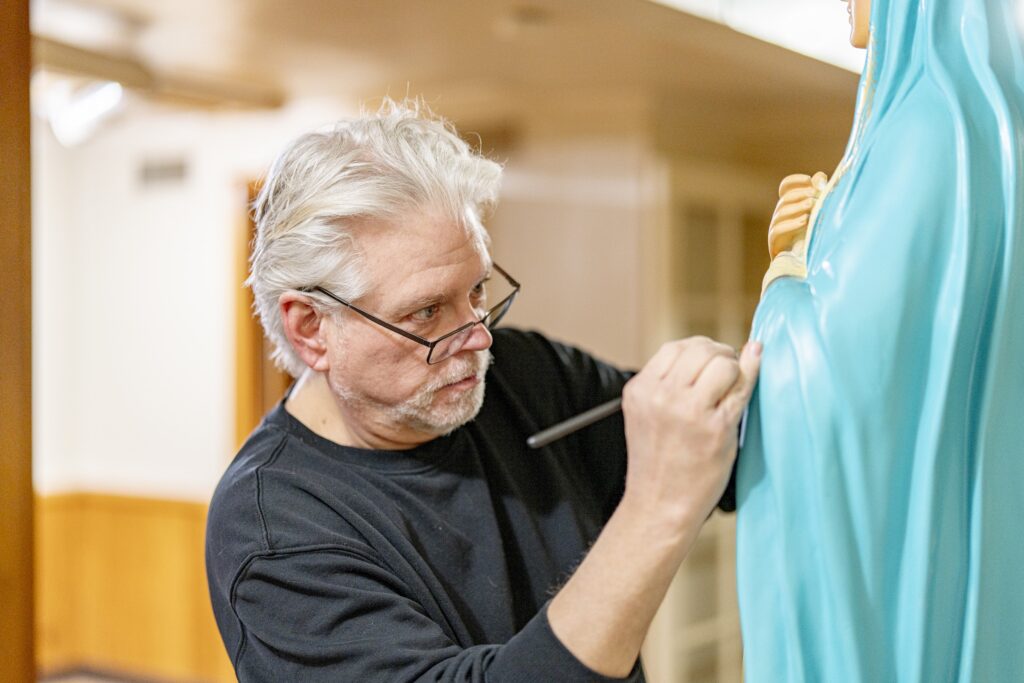
The restoration efforts got an extra boost seven years ago when Michael Irwin, the music director at Our Lady of Perpetual Help Church in McDonald and director of Augustine Funeral Home in Youngstown came on board. “Mike started in a systematic way restoring these statues and then we got some more volunteers,” said Father Brienz.
Irwin has never taken an art class. Instead, at an early age, he learned fine-scale modeling from his dad. “It looked like something I would enjoy doing, and, as I’ve gone along the way, I taught myself how to properly use an airbrush, how to sculpt and how to make things come together,” Irwin commented. He perfected his skills through practice and online research.
“It was through my drive of enjoying this work that I pushed myself and learned little by little. For me, it’s very relaxing. I look forward to doing this restoration,” said Irwin.
When refurbishing an item, Irwin’s goal is to “keep the statue as close to the intent of the original artist as possible.” Chins, noses, fingers and hands are the things that break most often. Statues that have a flowing robe with many creases also present challenges in repair work. “I spend a lot of time replacing what’s missing and then repainting the entire statue,” noted Irwin.
Because the older statues are often made of lead paint products, which are no longer available, Irwin must track down certain paints to match as closely as possible. “When you’re resculpting a 50- or 60-year-old statue, there’s no way you can match the paint. You have to repaint the entire statue,” he said.
Irwin hasn’t kept count of how many statues he has refurbished, but said, “there isn’t a time when I’m not working on a statue. Repurposing these items for somebody else is rewarding. The statues are artwork and should be seen. They maintain our [Catholic] tradition.”
Throughout all these efforts, the Office of the Propagation of the Faith and Missions works very closely with the Office of Patrimony. (Profiled in the August issue of The Catholic Echo, that office is responsible for safekeeping, maintenance and disposition of items from closed churches).
“There are some things that we need to retain in the diocese. Once the local Church’s needs are met, then I believe there is an obligation to share with those in need. It’s all very closely coordinated,” Father Brienz explained of the two offices.
In addition to donated items from parishioners, some things come from diocesan parishes that are remodeling. “There are some things that are no longer needed, and they work with us. It’s an interesting exercise in stewardship,” continued Father Brienz.
Along with sending shipping containers abroad, some items are distributed through the yearly mission co-op plan. Every summer Father Brienz invites approximately 25 different missionaries into the Youngstown Diocese with each one speaking at three or four parishes. “They all make a point to visit with me, and I walk them through our workshop. If there is something they can fit into their suitcase, they can take that home—vestments, chalices, holy cards, small statues and pictures. We distribute a lot of our donated items around the world through the friendship of our visitors every summer,” remarked Father Brienz.
Of all the restoration and repurposing efforts undertaken, Father Brienz added, “It is very rewarding to know these articles find new homes. It’s so humbling to know people look at things from a different perspective.”
HOW YOU CAN HELP TO FURTHER THE RESTORATION EFFORTS?
- Invite Father Brienz to speak with your parish organization. “I’m happy to visit Altar and Rosary Society meetings, church groups, senior groups, individuals and families and discuss the mission with them. I’m all about empowerment, helping people have a connection to the missions,” said Father Brienz.
- Volunteer to collect, organize, take inventory, clean, polish, paint, do carpentry work, sculpt and more. “You don’t have to be highly skilled. I’d be happy to teach anyone who wants to work on statues,” said Mike Irwin.
- Donate religious items that no longer have a place in the home. Twice a month on the afternoons of the first and third Mondays, a local parish receives donations of religious articles.
- Make a financial contribution. Monetary donations are needed to pay for paint, supplies, shipping costs and the proper and respectful disposition of articles that can’t be reused or restored. “There’s a process we go through to return unusable items respectfully to the earth. That also takes some funds to do,” Father Brienz noted. Checks can be made payable to the Office of the Propagation of the Faith and Missions. On the memo line write ‘religious articles for mission.’
- Consider organizing a group in your area. “As volunteers allow, we would like to spread this to other areas of the diocese,” Father Brienz said.
For questions or more information, Father Brienz can be reached at 330-744-8451, ext. 277 or ebrienz@youngstowndiocese.org.
